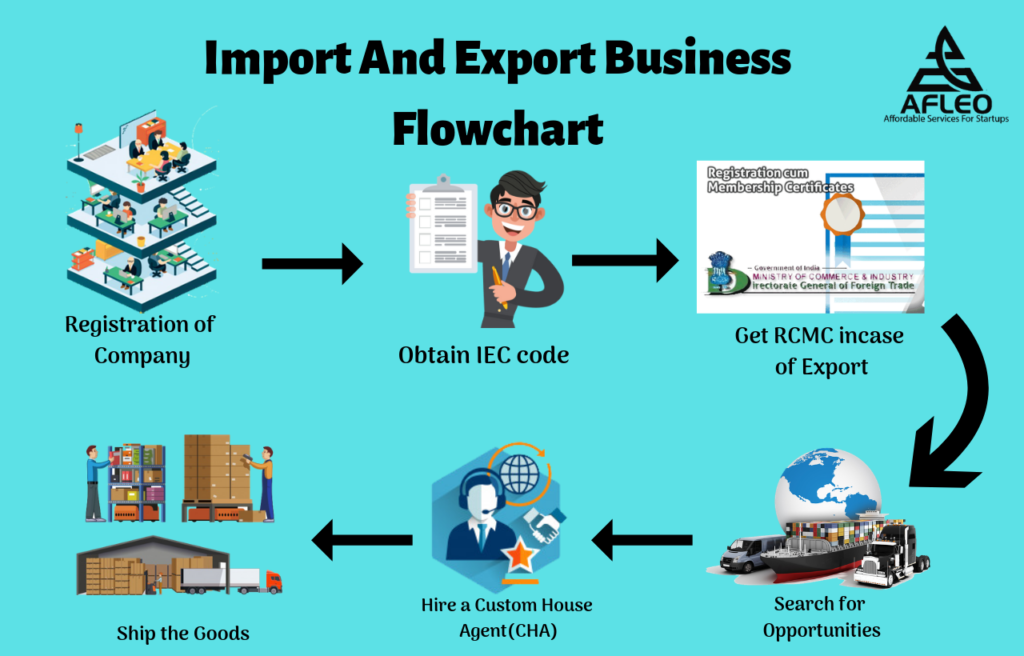
This article is part of an online publication providing recent statistics on international trade in goods, covering information on the EU's main partners, main products traded, specific characteristics of trade as well as background information.įigure 8: Extra-EU imports of petroleum oils, 2018 - third quarter of 2022 The energy products considered in this article are petroleum oils (petroleum oils from natural gas condensates and petroleum oils obtained from bituminous minerals, crude), natural gas (liquefied and in gaseous state) and solid fuels (coal, lignite, peat and coke). Supplementary information like trade in terajoules of natural gas can be found in Eurostat databases. The article shows data on trade in value (expressed in millions of euros) and net mass (weight expressed in tonnes). A major diversion in the trade of energy products can thus be expected evidence of this process is visible already in the first three-quarters of 2022. After Russia's invasion of Ukraine, the European Union reacted with several packages of sanctions, which directly and indirectly affected the trade of oils and natural gas. Until the end of 2021, Russia was the main supplier of petroleum oils and natural gas to the EU.

The analysis focuses on yearly data for the period 2018-2021 and the first three-quarters of 2022, thus reflecting the most recent developments. This article provides a picture of trade in energy products between the European Union (EU) and the rest of the world ( extra-EU trade).

Figure 1: Extra-EU imports of energy products, 2018 - third quarter of 2022


 0 kommentar(er)
0 kommentar(er)
